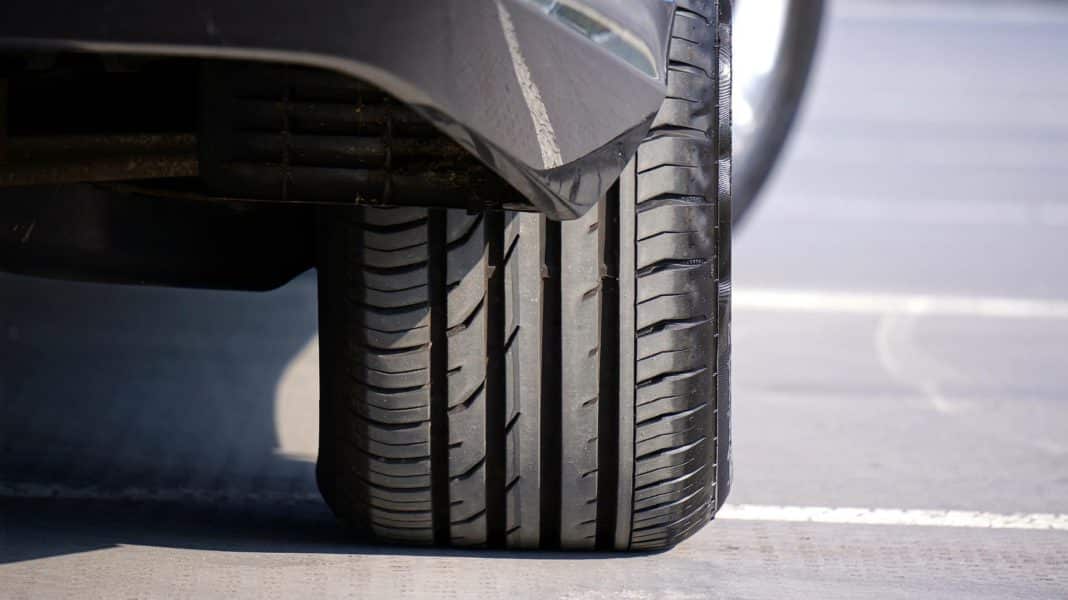The tyres are the most abused element of a vehicle and must be checked on a regular basis. Because of their abuse, in constant contact with the road, faults and deflations are commonplace.
Although they should be checked regularly, at least monthly, we understand that most people don´t, but we do really encourage you to do so at least before any long trip, and seasonally, such as now, just before summer starts.
It is important that you verify that the pressure is adequate and that the tread of the tyre is not degraded. Pay attention to the wear indicators, which are cross bars in the grooves of the tread. If the mark is exceeded, you will need to replace the tyres immediately. Its performance will not be optimal on the road, increasing fuel consumption, and, more importantly, reducing the functionality which, in turn, increases the risk of an incident.
In Spain, there is a legal limit for tyre wear, which is measured by checking the tread. If the depth is less than 1.6 millimetres, you should not drive. Not only do you expose yourself to suffering a mishap, but the authorities will end up fining you. Along with this, try to check that the tyre has no visible tears, cracks or cuts. Use your hands to feel all around the tyre, including the inside of the wheel, hidden from view.
Also check that the tyre is not discoloured or has spots on its surface, or unusual bulges and flank holes, another danger sign.
If you are in any doubt, you should contact a qualified tyre-capable workshop to check your tyres, such is their importance.
Remember, in Spain, if a fault is detected in one of the tyres, the tyre on the opposing side of the same axle must also be replaced.
When we do get to summer, heat poses a problem for tyres, and the pressure must always be checked when the tyres are cold, so the hot weather can give false readings. Make sure you are aware of this, and even try to park in a cool and shaded place first, remembering to allow the tyres to cool down if you have driven there.
Prior to the summer, and despite the drought the country is feeling, rain may still play a part, for which the tread and depth are crucial for maintaining traction on the road surface. If, or when, it does actually rain, the roads become particularly slippery after a long dry spell, so extra attention to driving is paramount.
Whatever the weather, if you are going on a drive carrying extra weight than usual, whether that is in the shape of human passengers or luggage, make sure your tyres are able to carry the load first, and then that they are properly inflated for the load you are carrying, which might be different to normal.
All of the data is in the user manual of your car, and most modern cars now have an information plate, usually attached to a door frame, giving tyre information, but, again, if in doubt, check with a qualified mechanic.
Finally, don’t forget to check the spare tyre, if your vehicle has a spare wheel, which also must be in perfect condition and properly inflated.

The post Time for the Pre-Summer Tyre Check first appeared on N332.es – Driving In Spain.





